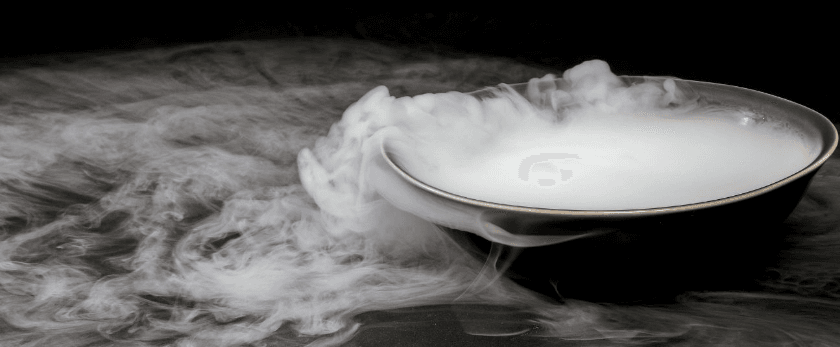Dry ice is a fascinating substance commonly used for cooling, special effects, and even spooky Halloween decorations. However, like all things, it has a lifecycle, and knowing how to dispose of dry ice responsibly is essential for a greener, more eco-friendly lifestyle. In this article, we'll address common questions and provide you with practical solutions for eco-conscious dry ice disposal.
Will Dry Ice Melt If Left Out?
Dry ice is solid carbon dioxide, which sublimates, meaning it transitions from a solid directly into carbon dioxide gas without going through a liquid phase. So, yes, dry ice will indeed "melt" if left out, but it does so by turning into gas, not liquid. The rate of sublimation depends on factors like temperature, air circulation, and the quantity of dry ice.

How Do You Melt Dry Ice Quickly?
Sometimes, you may want to speed up the sublimation process to dispose of dry ice more rapidly. Here's how you can do it safely:
-
Ventilation: Ensure the area is well-ventilated. Good airflow helps disperse the carbon dioxide gas produced during sublimation.
-
Warm Water: Place the dry ice in a container, and add warm water (not hot or boiling). This will accelerate the sublimation process. Do not use glass containers, as extreme temperature changes can cause them to shatter.
-
Safety Gear: Always wear gloves and safety goggles when handling dry ice. It's extremely cold and can cause frostbite if touched directly.
-
Break It Up: If you have a large block of dry ice, breaking it into smaller pieces will increase the surface area and speed up sublimation.
-
Monitor Closely: Keep an eye on the dry ice as it sublimates. Once it has completely turned into gas, you can safely dispose of the container and contents.
Is It OK to Put Dry Ice Down the Sink?
No, you should never put dry ice down the sink, toilet, or any other drain. Dry ice can create a blockage in your plumbing system, which can be costly to fix and potentially harmful to the environment. Instead, follow these eco-friendly disposal methods:
-
Wait for Sublimation: As mentioned earlier, let the dry ice sublimate in a well-ventilated area. This way, it will return to the atmosphere harmlessly.
-
Reuse or Share: If you have a small amount of dry ice left, consider reusing it for cooling purposes, preserving food, or creating fun science experiments. You can also share it with friends or neighbors who may have a use for it.
-
Return to Supplier: Some suppliers may accept unused dry ice for reuse or proper disposal. Contact your dry ice supplier to inquire about their policies.
-
Use Dry Ice Pellets: If you have dry ice pellets, you can sprinkle them on your garden or lawn to release carbon dioxide, which can benefit plant growth.
By following these responsible disposal methods, you not only ensure the safety of your home but also contribute to a more sustainable future.
Conclusion
Disposing of dry ice may seem like a small step, but it's a part of a larger commitment to eco-conscious living. Whether you're an environmentally passionate individual, a homeowner, a student, or a business owner, you can make a positive impact by adopting responsible practices in your daily life. By melting dry ice safely and avoiding improper disposal, you're contributing to a greener, more sustainable world for all of us. Let's continue to make environmentally friendly choices, one dry ice disposal at a time.










